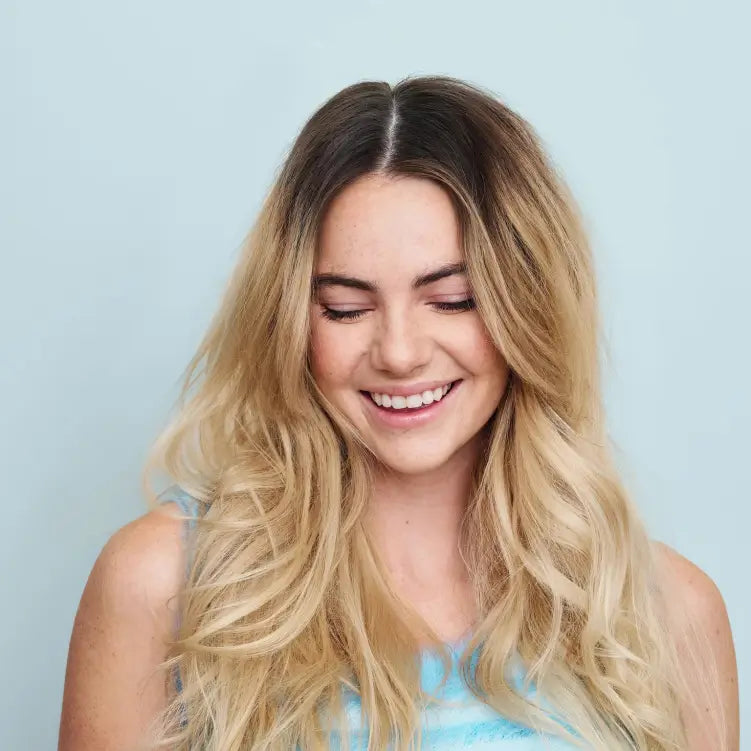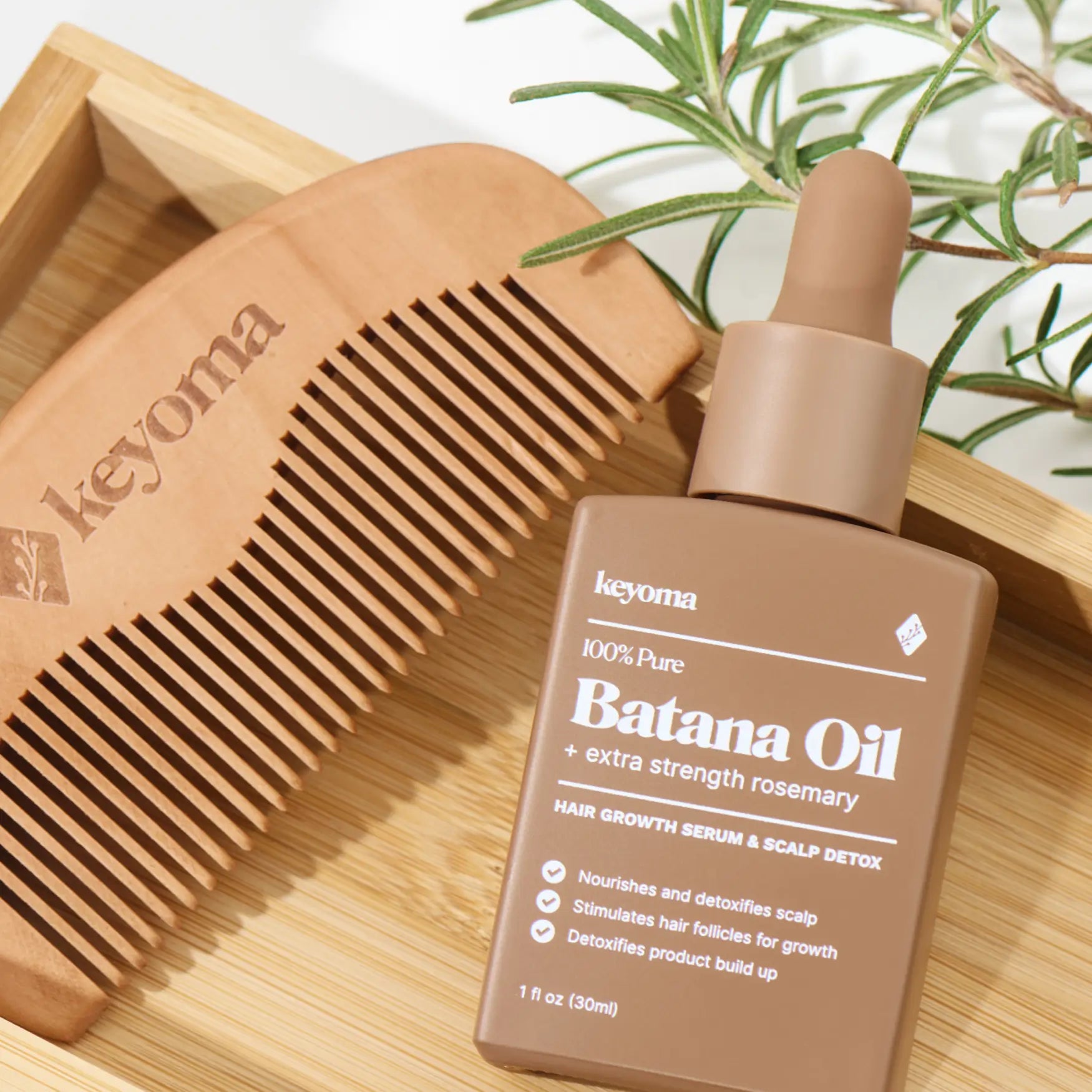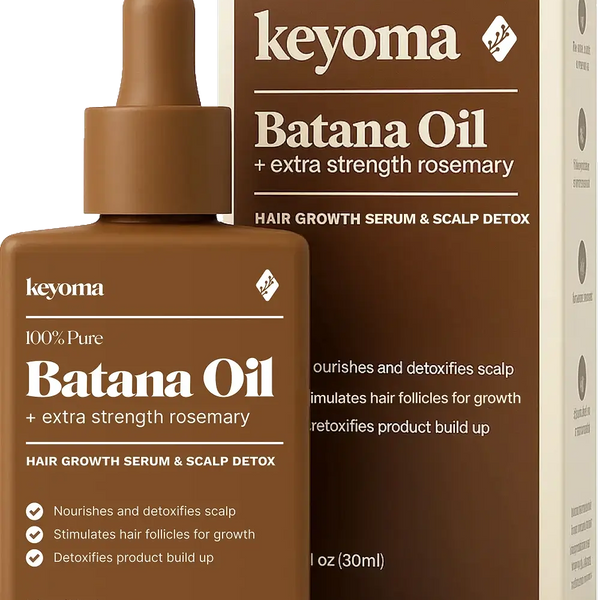In this article
Back in the ’80s and ’90s, scrunchies were the It-girl accessory for sweeping hair up with minimal effort. That same ease is why the modern claw clip has exploded online today.
Hair in your eyes? Throw it in a clip. Third-day hair and not ready to shampoo? Toss it in a clip. Want a casual updo without the crease from a hair tie? Clip it up. You get the idea.
Still, pulling hair back can sometimes lead to breakage. So do claw clips pose the same risk? We checked with pros to clarify. Below, see what matters and how to wear them well.
Key Takeaways
-
Claw clips generally do not damage hair and often feel gentler than hair ties.
-
Damage can arise from tight tension, sharp edges, weak springs, or clipping wet hair.
-
Vary placement and size to distribute pressure, reduce dents, and prevent localized breakage.
-
For high-impact activities, hair ties hold better, clips favor gentle, casual everyday styles.
What Are Claw Clips?
Claw clips, also called butterfly or jaw clips, are hair tools with two interlocking sides that create a recognizable, hand-like shape when closed.
Claw clips are go-to helpers for quick hairstyles. They’re simple to use, offer lots of styling options, and have become shorthand for effortless looks.
Depending on purpose and build, you’ll find claw clips in acetate (plastic), metal, and sometimes wood or ceramic.
Like any accessory, some claw clips lean fashion-forward for brunch-ready hair, while others are practical for messy, get-it-done styles at home. Either way, the basic mechanism is largely the same.
Do Claw Clips Damage Hair?
Generally, no. Stylists use them often, and they typically don’t break or harm hair. Let’s retire the idea that claw clips automatically cause damage.
In most situations, claw clips are an easy way to hold or style your hair without adding risk. But if you're unsure, you can check your hair type and see if claw clips is an option for you.
They can even be gentler than many hair ties, which may snag, pull too tightly, or contribute to tension headaches.
Sure, a super-tight tie can feel like a mini facelift, but that temporary lift often comes with discomfort and potential stress on strands.
Think of a claw clip as a tool to keep hair secure in place, not as a way to force your scalp into an awkward position.
How to Avoid Hair Damage With Claw Clips
So, if claw clips aren’t inherently harmful, what can you do to keep things safe for your strands?
Glad you asked. Here’s how to be mindful.
Clips usually have either smooth cellulose acetate edges or a soft rubberized finish. Each has pros and cons, and unlike jewelry specs, you rarely get to pick every detail.
To lower the chance of damage, look for a few key qualities:
-
Pick clips with a spring that holds well and doesn’t lose tension easily
-
Avoid clips with rough or sharp points along the teeth
-
Choose seamless, smooth edges that glide without snagging
Also, don’t wind hair too tightly just to fit one clip. If it won’t sit comfortably, choose a larger or differently shaped clip. Keep clips off wet hair, since hair is weakest when damp and avoid damaging your hair.
5 Claw-Clip Hairstyles
You already know a clip can be gentle when the spring is sound and the edges are smooth. Put that comfort to use with the right size and tooth width.
I found a medium clip stayed better when I added a light tease at the base. If your hair is thick, pick wider teeth so it grips. Or braid one side first and secure it with an elastic. Try these five quick looks.
Twist and Clip
This is the simplest claw-clip style. As the name suggests, twist a section and secure it with the clip. Fan the ends for a more relaxed finish.
Volumized Pony
If you want extra lift on fine hair, this one’s for you. Pull hair into a high pony with a basic tie. Split the pony in two, lift a section, and fasten the claw clip underneath. Let the hair fall and you’ve got a sleek, runway-inspired ponytail.
If your hair runs thicker, choose a clip with wider teeth so it holds securely.
Half-Up, Half-Down
Short hair can stay off your face and gain volume with a half-up style. Part behind the ears, gather the top section, and clip it so the lengths blend with the rest.
Explore different protective hairstyles you can try
Messy Twist Updo
Late for work or love a tousled bun? This twist updo elevates the classic messy look. Gather hair at the nape, twist upward, and clip. Leave a few pieces out for a softer finish.
Side Braided Clip
Why stop at one look when you can wear four variations? Our favorite of the set is the braided version. Braid one side, place it to the temple, and secure with a clip. You can braid both sides, too—just hold one with an elastic while you work on the other.
FAQs
Do claw clips dent your hair?
Usually no. Claw clips hold more loosely and spread pressure better than many ties, so dents are less common. They can still happen if the clip is too tight, used on wet hair, or placed in the same spot repeatedly, which may also lead to breakage.
Do claw clips cause hair thinning?
They don’t typically cause hair loss, but misuse can create breakage from tension or snagging. To reduce risk, avoid pulling too tight, pick smooth edges, and rotate placement instead of clipping the same area daily.
Are claw clips better than ponytails?
Claw clips can be gentler than ponytails because they reduce tension and feel more comfortable for many people, though ties hold better for sports. Clips are great for minimizing breakage and avoiding hair-tie kinks in casual styles. For high-impact activities, a hair tie gives the “rock-solid hold” that prevents slipping.
Choose a Gentle Claw Clip Fit and Avoid Damaging Your Hair
Skip one-size-fits-all thinking. Aim for a comfortable fit on dry hair. Let feel guide you. If the clip pinches near the temples or slides around, the teeth and spring aren’t right. Choose smooth edges and a firm, reliable spring instead.
Dense or thick hair benefits from wider teeth that spread pressure so you don’t clamp the clip shut. Protect fragile strands by avoiding clips on wet hair, and change the anchor spot so one area doesn’t take stress every day.
If you notice dents or tenderness within two hours, size up, shift the clip to a new section, and ease tension. Find more everyday-safe styles and fit tips on the Keyoma Hair Care blog.
Featured Product
100% Pure Batana Oil + Rosemary









